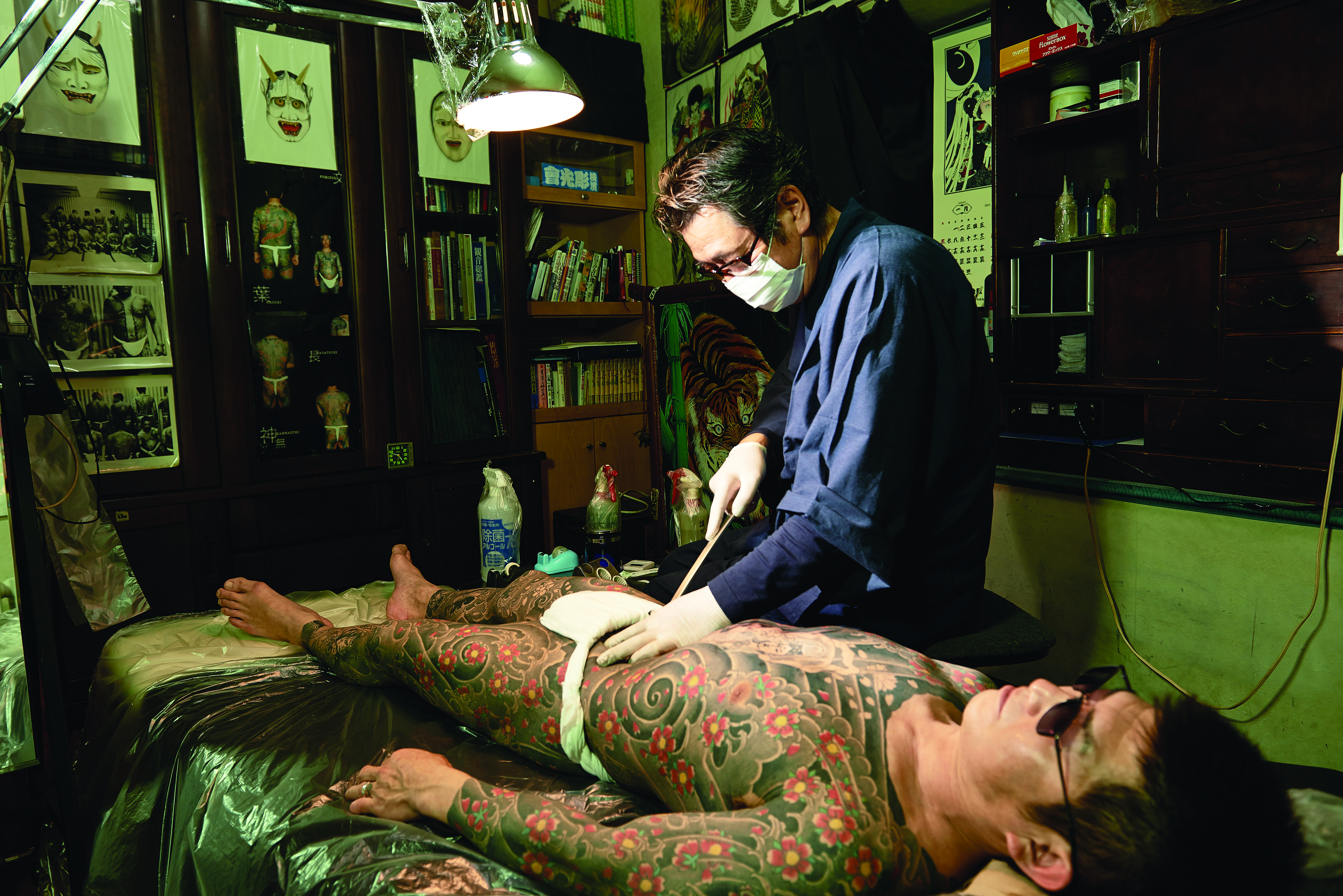It may not have been their sole purposes for visiting Japan during their respective reigns, but Queen Victoria's grandson George V and the last emperor of Russia, Nicholas II, both received tattoos on visits to Japan, despite the government's ban on a craft reserved primarily for the branding of criminals. It may be fair then, to assume that even in those days it was impossible to keep the techniques of Japanese tattoo masters secret or confined to old Tokyo's sketchier parts of town, where Yoshiwara's courtesans and street ruffians became the first irezumi (tattoo) aficionados at the turn of the century.
For some, "Wabori: Traditional Japanese Tattoo" may be the perfect coffee-table book to kill time with at a cafe, and that would be fine. The more than 250 glossy pages in this book contain enough iconic images from the past five decades of traditional Japanese tattoos — covering both those that wear them and the artists who applied them — to keep one happily thumbing through pages while sipping a latte.


















With your current subscription plan you can comment on stories. However, before writing your first comment, please create a display name in the Profile section of your subscriber account page.